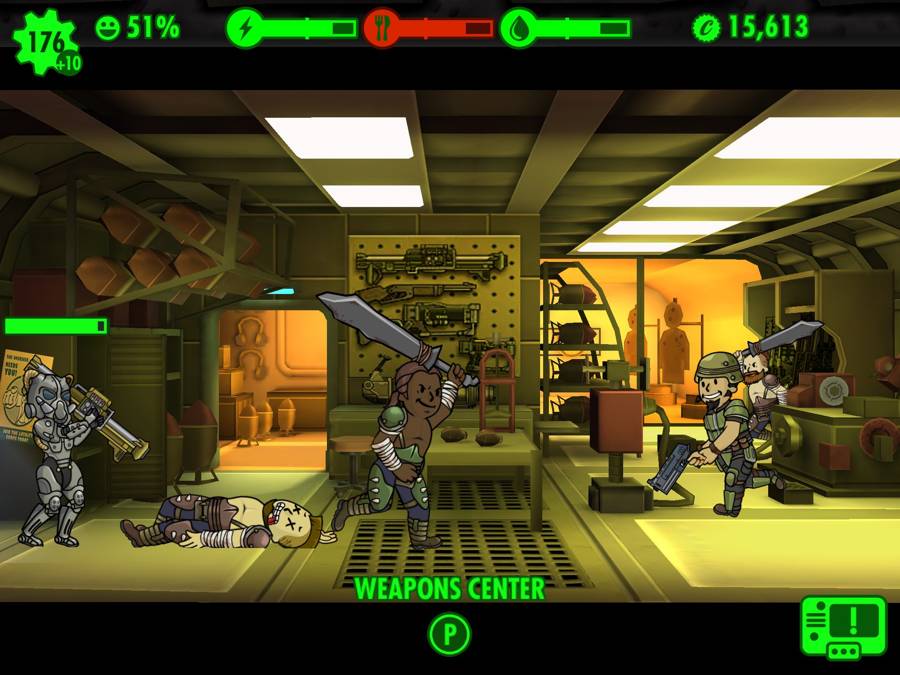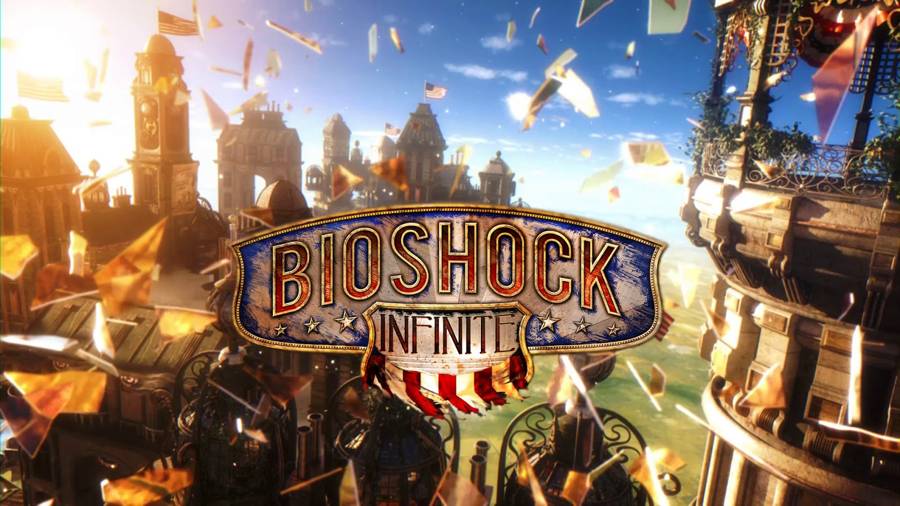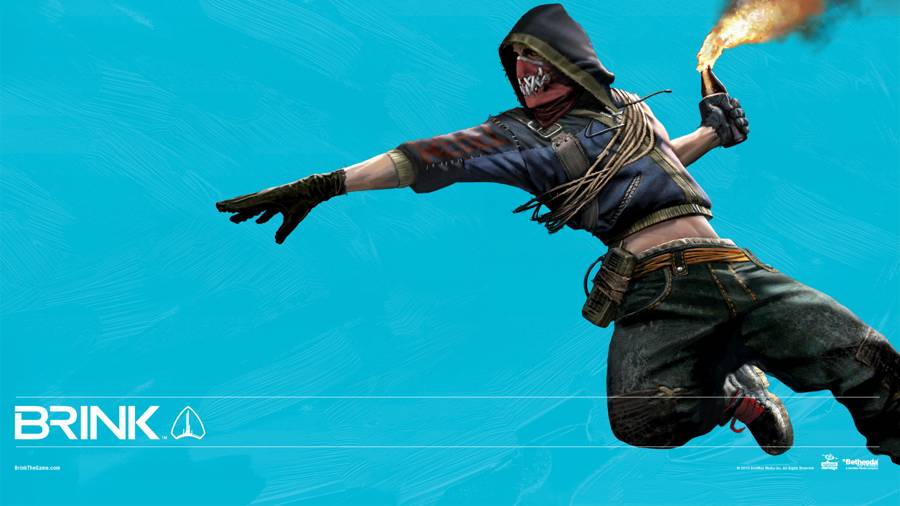Pokemon Conquest, Conquest Seven (Illusio): So You Think You Can Win (7/10)
It’s now, as you see the map, that it becomes much more apparent why you want so much flight and mobility in your team members for this fight. The Illusio battle map consists of four ‘corner’ platforms, and a large area in the middle of the map that is mostly empty space with several single-square platforms and floating gray cubes in it.
The first thing you’re going to want to note is the location of the six portals in this map. One is on each main platform, and there are two on smaller platforms in the middle of the nether. These portals connect to each other- but each portal only connects to the other portal of the same color. This wouldn’t be too much of a pain if the blue and green portals weren’t so close in shade- it’s very easy to mistake a green portal for a blue one or vice versa. Making the portal navigation more difficult is the fact that the colors of the portals are constantly shifting- a portal that led to the North platform one turn may lead to a tiny platform in the nether the next turn. Worse is how the portals operate- a pokemon must end its turn on a portal in order to pass through it, meaning any attack it makes that turn must be made from the location of the portal- it will land on the far side inactive and waiting to get its face smashed by any enemies waiting there. Adding tactical complexity to this is the fact that on exiting a portal, the pokemon will be launched to one of several nearby squares at random, so you can’t even be sure of where exactly the pokemon is going to wind up.
The nether in the center presents some other difficulties of its own- the long open spaces are very prohibitive, because even if they can cross the empty areas, no Pokemon is permitted to end its turn on a square of nether- it must be over land or a floating cube, even if it is a flying or Levitate Pokemon. This makes crossing a pain, which is only alleviated somewhat by the floating cubes.
The cubes are obviously artificial, covered with little circuit markings that glow faintly. Each cube operates independently- and I say ‘operate’ because they do more than provide a landing space. Specifically, when a Pokemon ends its movement by stepping onto a cube, after it attacks or ends its turn that cube then moves directly away from whatever platform it was touching when the Pokemon stopped atop it, and doesn’t stop until it hits another chunk of land. This means that each cube can ferry Pokemon- but only one direction at a time: the cubes don’t return to where they were before when a Pokemon steps off! This makes navigating the portals a must, even if the computer likes to use the cubes at least some of the time- the cubes are unreliable and it’s far too easy to wind a pokemon up stranded in the middle of the etherspace and unable to go anywhere but right back where it came from. Flying pokemon, at least, can gain some extra ground out of the cubes when necessary, and there are several spots where you can keep an enemy pokemon from ever leaving a cube once it steps on, simply by having a Staravia or Ruffelet flit back and forth between the two endpoints of the cube.






 I was going to buy a Saturn: 20 Years of PlayStation
I was going to buy a Saturn: 20 Years of PlayStation . Plays October 28
. Plays October 28 How to Install Downloaded Minecraft Maps
How to Install Downloaded Minecraft Maps Fire Emblem: Awakening Guide - Chapter 5: Exalt and the King Guide - GamersHeroes
Fire Emblem: Awakening Guide - Chapter 5: Exalt and the King Guide - GamersHeroes Games of 2010: No. 4
Games of 2010: No. 4